The Art of Mudcloth
African Mud Cloth has grown to be a well-known and popular textile in the last few years. The traditional name for this fabric is Bogolan, which means ‘colored with earth’.
The Bogolan technique of dyeing and printing cotton is completely organic and environmentally friendly. It all starts with cotton, water, leaves and mud. Making mud cloth is a time-consuming process that can take up to a week. The fabric is typically made by artisans in Mali, Africa where the traditions and complexities of making this artistic fabric are woven deep into their culture.
They start by stitching long strips of handwoven natural cotton together. Usually the pieces are stitched together by hand in a zigzag pattern. The dies used to paint the fabric are created with a blend of leaves, grain, water and fermented mud that soaks for a year before use. The dying process doesn’t contain any harmful mordants or chemicals which is why the colors are so famous for their beautiful, natural, earthiness. After the fabric is soaked in a color and left in the sun to dry, the artisans paint the fabric with patterns. All of the symbols have cultural significance and together each cloth tells a story.
Jenna Bee partners with these wonderful artisans in Mali to source fabrics for her classic mud cloth collection. We are empowering people around the world through fair trade and celebrating the beautiful culture and traditions of Africa.


